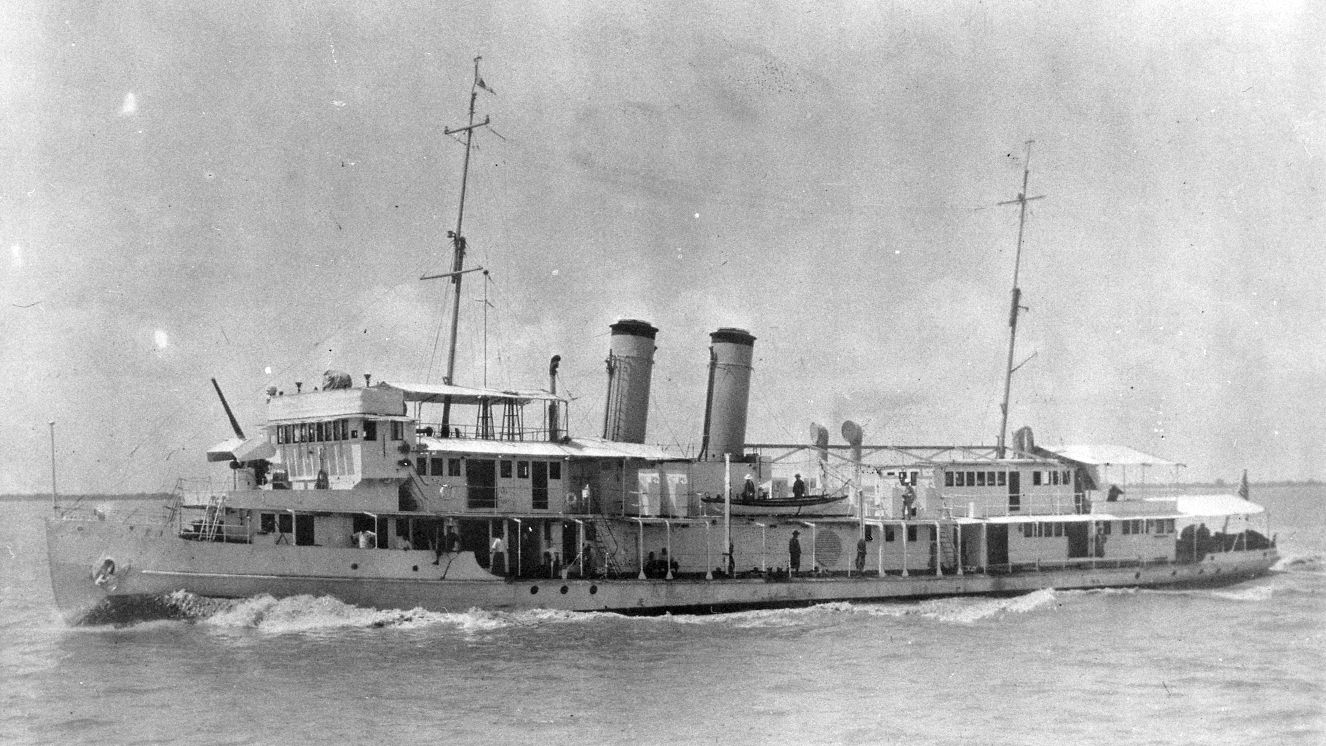LAZY DOG BOMB: NON-EXPLOSIVE MILITARY WEAPON HISTORY

Certain components go into bombs, best remembered by the acronym PIES (power supply, initiator, explosive, and switch). However, some bombs dropped from planes skip the power supply and instead use proximity fuses. Still, thanks to kinetic energy, you don’t even need explosives in some cases, proven in fact by the Lazy Dog Bomb. Also known as a Red Dot Bomb or Yellow Dog Bomb, these dart-like projectiles have a pointed tip on their steel bodies and can unleash deadly consequences on anyone and anything below.
Lazy Dog Bombs: Kinetic Energy Impact in Warfare
The Lazy Dog Bomb was used throughout the Korean and Vietnam Wars. Unlike other bombs dropped from planes, the Lazy Dog Bomb was essentially just a bit piece of metal dropped from a plane on whatever unfortunate soul was underneath it.Kinetic energy is the energy an object has when in motion. Lazy Dog damage from being dropped by aircraft in the air was considerable, as they could reach a terminal velocity of around 480 mph.It’s no secret that dropping objects from high above has the potential for devastation and even without an explosion, these flechette bombs were capable of delivering an excellent payload.There was an attempt to recreate a Lazy Dog projectile but for a recoilless rifle instead of for bombers. However, another flechette won the job for the rifles, and the project was abandoned.Lazy Dog Bomb damage depended on the type of projectile used; however, Shapes 2 and 5, were the best designs for the U.S. military.In the early 1950s, the Shape 2 projectile was sent to the Far East Air Force (FEAF). They ordered 16,000 Lazy Dog systems.The U.S. Air Force Armament Laboratory then spent 90 days in Japan setting up local production and training crews.Throughout 1952, Project Lazy Dog focused on optimizing dispersion containers and exploring the use of a Lazy Dog warhead on the Matador missile instead of explosives.The program continued into the late 1950s before evolving further in the decades that would follow.
Flechette Bombs Enter World War
Although Lazy Dog Bombs were used in multiple conflicts, they are not the first of their kind.Other kinetic bombs were used during both World Wars, acting like lawn darts but with much deadlier consequences.In French, flechette means “dart.” France was the first nation to use them during WWII. However, it was the Italians during the early 1910s who invented the weapons.Rockets, artillery, rifles, and even shotguns were some of the many delivery systems used at the time to deliver flechette bombs to enemies.The popular use for these bombs was to attack groups of enemy troops as they were capable of piercing helmets and taking out opponents when doing so.While Italy and France led the way, other nations, such as Great Britain and Germany, have also used them.There are still some experts who believe modern conflicts in Europe and the Middle East still feature flechette bombs.
Decline of Lazy Dog Bombs in Modern Military
These days, you won’t find the U.S. leaning on flechette bombs on the battlefield. Despite a devastating Lazy Dog Bomb aftermath, we have better weapons available.However, beyond advances in technology, warfare has changed and continues to evolve.The Lazy Dog Bomb effect worked well because massive enemy personnel formations were commonplace at the time of its use.Today, we don’t see this approach as much for many obvious reasons, including limiting mass casualties and the need to disguise yourself from enemy forces.Alas, the Lazy Dog Bomb has fallen to the wayside but not before falling to serious effect across many previous wars, all without the explosive power found in other munitions.Sources:Counter-IED Technologies, Homeland Security. Accessed September 2024. https://www.dhs.gov/sites/default/files/publications/CounterIEDTech_TN-0708-508.pdfFlechette: Deadly Darts of War, New Zealand National Army Museum. Accessed September 2024. https://www.armymuseum.co.nz/flechette/Suggested reads:
BY BUDDY BLOUIN
Buddy Blouin is a Contributing Writer at VeteranLife.com
Buddy Blouin is a Contributing Writer at VeteranLife.com



